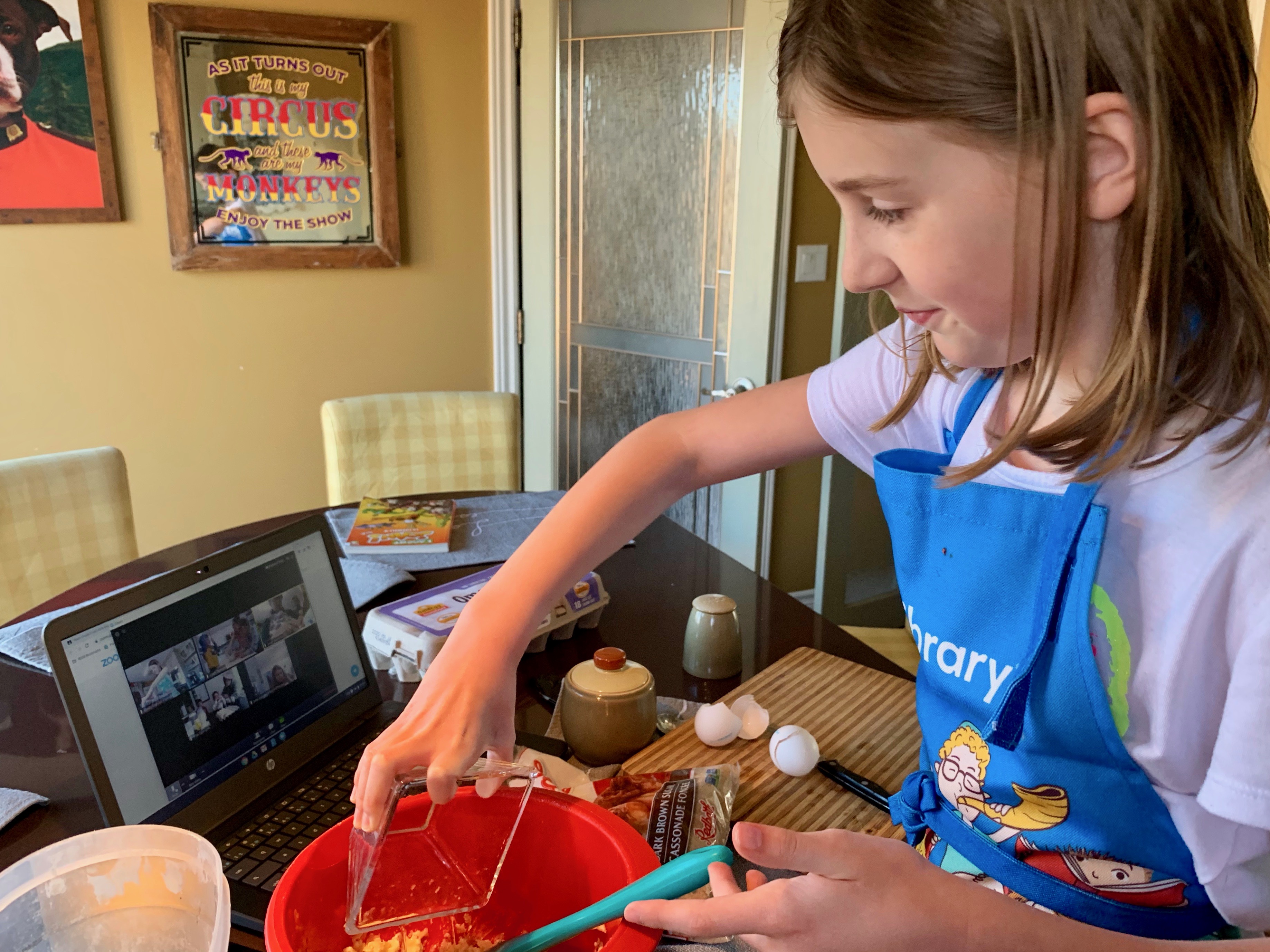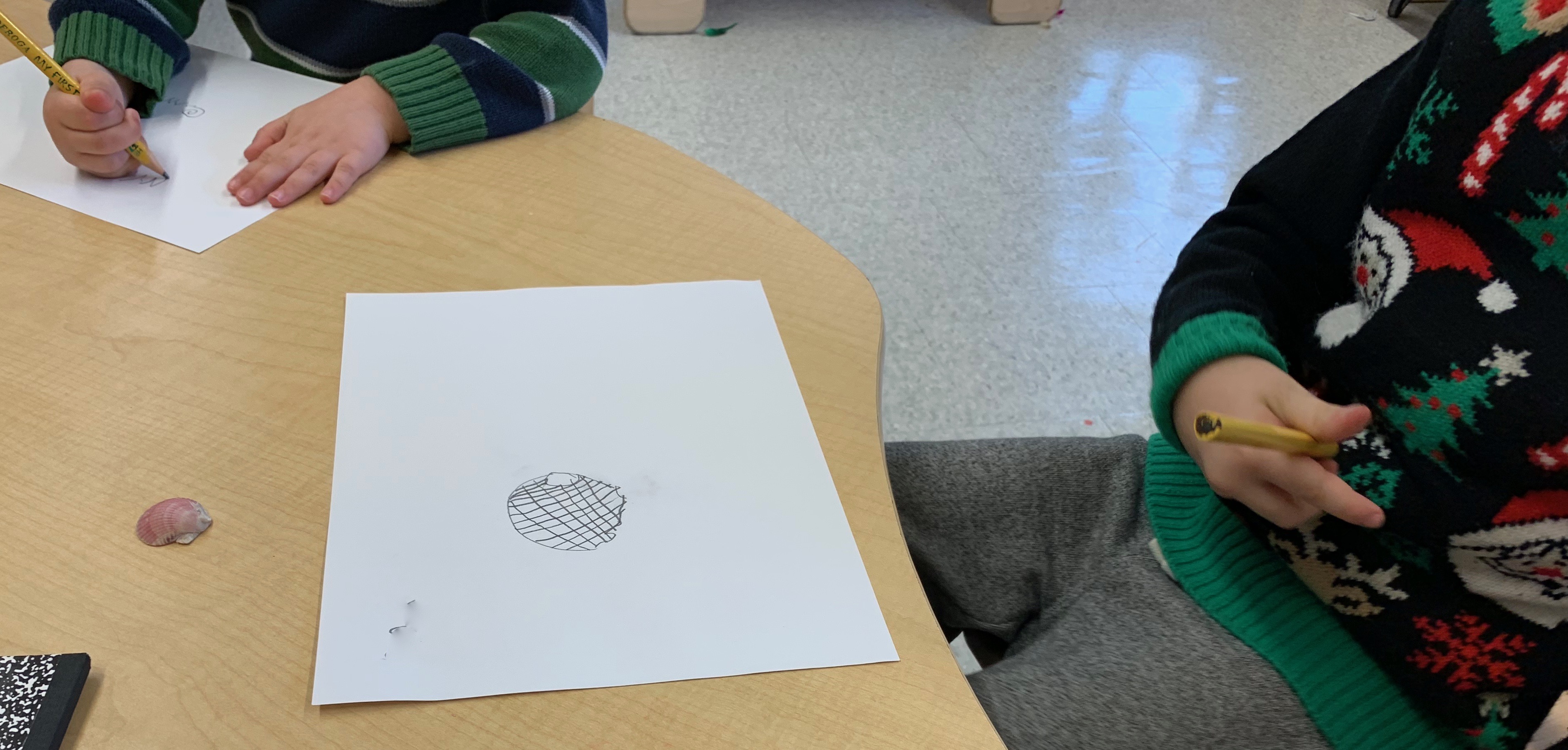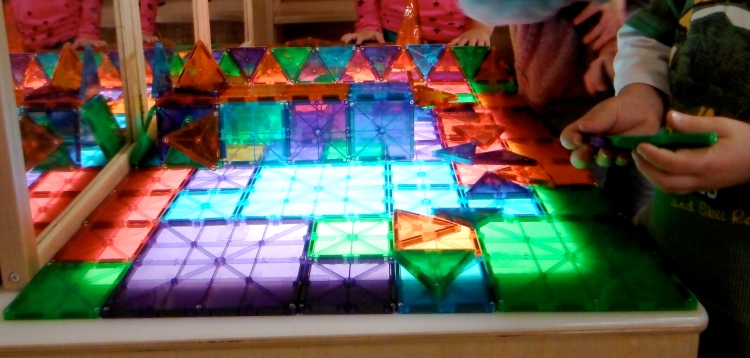I make a lot of jokes at my own expense. One of my chestnuts is that I have 6 undergraduate credits in walking backwards… I drag this one out when someone notes how deftly I walk backwards down a hallway, leading a group of kids from the gym, or I catch myself after slipping on the playground ice, or I balance on slippery rocks to free a grounded boat. All those years of movement training pay dividends in unexpected ways.
As a child, what I liked about ballet was that it had rules. There was a right and a wrong and progress towards the perfected ideal was clearly defined. You worked hard and you got better. I liked the control, the planning, the purpose, the vocabulary, the known. Like many kids growing up in alcoholic families, my reaction to all the things I couldn’t control was to control as many things as I could. Ballet was all about control and I loved it – I still do.
But then my dance world grew and I was introduced to forms that valued release, fall, suspension, and spiral. I was asked to find my own definitions of progress by teachers who challenged me to decide for myself what meaning movement was making in my life. That was hard work and I didn’t always like it – I really, really wanted there to be a right and wrong. I didn’t want the grey; I was nostalgic for the certainty of ballet.
Just as I was getting comfortable in the modern dance greyscape, I found improvisation, or maybe more accurately, it found me. Whereas in modern dance classes, there were at least some structures for me to hang my control needs on, now I was completely at sea – making it up as I went along, trusting that I could.
I had the good fortune of having improvisation teachers who took my angst in stride – I wasn’t the first recovering ballerina they’d met. They were patient with me and probably kinder than I deserved. Dana Reitz, Lionel Popkin, Sara Rudner… I’m not kidding about the backwards walking – we did everything backwards until we sort of forgot how to do it forwards; that was probably the point.
Bit by bit I got over myself and learned to love improvisation. I learned to trust that I could come up with solutions to problems, in the moment, on my feet, sometimes just on one foot. Sometimes those solutions would be brilliant but most of the time they would be just enough to get us to the next moment, where I could make a new choice and another and another. Sometimes I fell down so then I got up; the dance continued and I learned some humility. I learned to make better in-the-moment choices, I got better at taking in the circumstances and choosing a good path. I also learned to live with the uncertainty of reality – man plans and G-d laughs isn’t an old adage for nothing.
If planned teaching is like gardening, with rows of orderly plants, staked and supported, planters and edging clearly defined, then improvisational teaching is like sidewalk flowers, bursting up unexpectedly in fertile but forgotten corners, largely unnoticed but still beautiful. It’s so much easier to measure the former, that most researchers ignore the latter. We pretend that we can plan everything and we participate in the collective illusion that one is better than the other because one is more predictable, knowable and nameable. Research tells us that improvising uses distinctly different areas of the brain than scripted performance does (Limb & Braun, 2008, Harris & de Jong, 2015, Alexander et al., 2020).
I’ve written in several places that if I could change one thing about teacher preparation in North America, it would be to focus less on planning and more on improvisation. Pre-service teachers graduate knowing how to plan, in almost inconceivable detail, lessons that are very likely to go sideways, if not backwards, in the process of delivery. They get no training in how to cope with the inevitable unpredictability of teaching life. They’re taught to teach as though things usually go as planned when, in reality, they rarely do. This system of planning-based teacher preparation leads to teachers who have a hard time managing the inevitable changes in practice that occur over a long career and sometimes leave the profession in their first five years, disenchanted by the messy reality of a teaching life.
Teaching, like ballet, attracts planners, organizers, and controllers. Most elementary teachers like to plan; they like colour-coded filing systems and day planners that map out instructional units and field trips months in advance. Not knowing how things will unfold every day is stressful and so the idea of going back to school this fall, without knowing what that will look like in any detail, is making many teachers extremely anxious.
I feel that stress too; I want to have good answers for people when they ask me what September will look like. But I don’t and you don’t and we won’t… even when we have a plan from the government, we still won’t. No one has done this before. We are in uncharted waters and we feel adrift.

But are we actually drifting or are we just moving towards a shoreline that we can’t see yet? Five months ago, teachers moved an entire system of K-12 education online, something that had never been done before. It wasn’t perfect, mistakes were made, lessons were learned, but we did it. We have to trust that we’ll be able to do the same thing with whatever circumstances we’re facing in the fall. We have to trust that we’ll be able to take the next step, and the next one, and the next one, be they sideways or backwards and that we’ll be able use the tools we already have and the ones we’ll pick up along the way to make the moves that will see us and the kids to the next moment. It may not always be brilliant but we have to trust that it will be enough – goodness knows we won’t be doing it alone.
How do you get better at improvising? How do you learn to live with uncertainty without feeling panicked? How do you develop that kind of generous trust in yourself and in others? Well, ideally we’d all get into a studio or a field and play for a few hours and it would look something like this. You might start by watching uncomfortably on the sidelines but eventually you’d find a way to participate. Ideally, you’d have lots of time to practice.
In the absence of a contact-jam or a theatre improv class which sadly will have to wait for a post-COVID era, I’d suggest picking up a pencil and sketching something (anything), dancing in your kitchen (making the moves up as you go), writing a journal, collecting interesting things on a walk, sorting them and making a temporary installation, or sculpting a piece of clay into something unrecognizable. As a culture, we’ve subscribed to the idea that the only people who get to do this stuff are the people who are already good at it. That’s nonsense.
Practice not knowing. Practice playing. Practice making, or drawing or dancing even if, especially if, you’re bad at it. It will get those improvisational muscles working, even if they’ve been flaccid since Kindergarten. Have faith that we’ve got this, whatever it is.
Belden, A., Zeng, T., Przysinda, E., Anteraper, S. A., Whitfield-Gabrieli, S., & Loui, P. (2020). Improvising at rest: Differentiating jazz and classical music training with resting state functional connectivity. NeuroImage, 207. https://doi.org/10.1016/j.neuroimage.2019.116384
Harris, R. & de Jong B.M., (2015). Differential parietal and temporal contributions to music perception in improvising and score-dependent musicians, an fMRI study. Brain Research, 253–264.
Limb, C. J., & Braun, A. R. (2008). Neural Substrates of Spontaneous Musical Performance: An fMRI Study of Jazz Improvisation. PLoS ONE, 3(2), 1–9. https://doi.org/10.1371/journal.pone.0001679
































